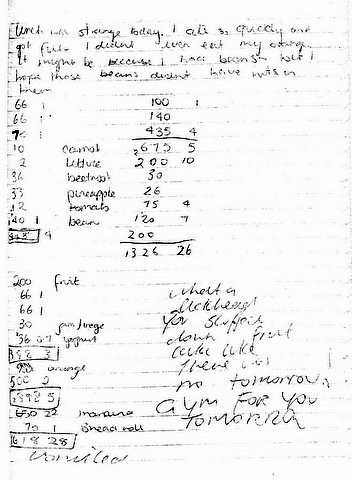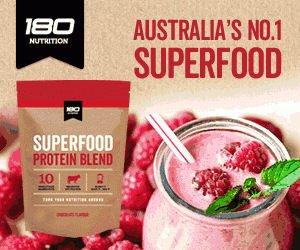I recently read this HuffPo article which talks about a Yoplait yoghurt ad that had been pulled in the United States in response to complaints and concerns about its content, specifically for those who are suffering from eating disorders.
This is the commercial.
HuffPo reports that Lynn Grefe, president of NEDA (National Eating Disorders Association), said, “the ad’s language, seemingly innocuous to some, could easily serve as a trigger for those vulnerable to disordered eating.”
As someone who is vulnerable to disordered eating – less so now, but it is certainly in my past – I have a few thoughts.
First, some of you might be wondering why the ad was pulled in the first place. Others are as well – go to YouTube or other forums and you will see some people metaphorically scratching their heads as to what the big deal is all about? This kind of polarity, BAD food vs. GOOD food, has been depicted before. What’s so dire about this particular ad?
What’s troubling to me, who for the record doesn’t like the ad and also feels as though I’ve seen it before, in other incarnations, is when I see the other comments: ‘More Americans should learn to rationalise this way – then they wouldn’t be so fat’ or ‘Gee, it’s willpower, how is that so shocking?’ (I’m paraphrasing the sentiments), and I realise that for as long as this debate is conducted as Good vs. Bad / ‘Normal’ vs. ‘Abnormal’ then we come no closer to understanding how sufferers get caught in this cycle and see ‘normal’ people who can easily reach past the cheesecake and grab the yoghurt, right? It’s that easy, isn’t it?
No. It’s not. For some it might be, yes. Others, no.
But I have another point to make. I can only speak for myself here but the inner monologue I had as an eating disorder sufferer is not remotely similar to the nice, expletive-free one this woman has with herself.
No, mine were deeply troubled, filled with self-recriminations and loathing. Not only did I say them in my head, I wrote them down.
I was being calorie-restrictive in this month (1997) so at least I was eating (then). But the day ended badly (“vomited”). Worse than the minute detailing of calories and where they came from (70 calories from a bread roll, 200 from fruit) is the name calling, “What a dickhead… gym for you tomorrow!”
I get so sad looking at this picture now – and I have the diary still, page upon page of similar tallies, and worse ones.
I have been there; I stood in front of that open fridge like those people who object to the ad and I know what runs through the head.
I can stand in front of the fridge trouble-free now but this took many years.
In a press release, NEDA said,
“We applaud Yoplait and General Mills for taking the time to speak with us, listening to our concerns and their quick action to provide a solution. I believe the company had no intent to harm and gained insight into a very serious issue that we hope will influence their marketing decisions in the future.”
I’m sure there was no intent to harm on Yoplait’s part and I’m glad it appears the case has been settled. But for those who think the whole matter was overblown, I’m not sure I wholly share that opinion.
How body image is represented is never simple or shouldn’t be seen to be and more often than not it is a piece of something larger, something uglier: a hierarchisation of worth based on what foods you choose to say yes or no to, which leads to a suppression of instinct and, dare I say it, pleasure.
It troubles me.
I can only hope other companies will have their “marketing decisions” influenced in such a way “in the future”.
For some, that will be too late.
I don’t want to make anyone or anything the ‘evil’ party here, but we all need to be aware of how our bodies are being represented in the media, how to be critical, know what to accept (or reject).
Be sympathetic. Walk a little in someone else’s shoes.
Be educated.



















